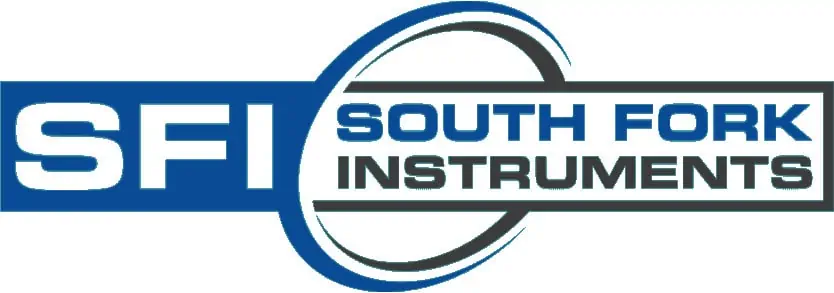Natural gas supplied to consumers is almost entirely composed of methane, a C1 hydrocarbon. But when natural gas is first recovered from a well, about 60 to 90 percent of it is methane. Mixed in are a variety of C2 through C6+ hydrocarbons—methane, ethane, propane, butane, pentane, etc.—along with contaminants such as water, sulfur compounds, and carbon dioxide.
The recovery of secondary hydrocarbon products significantly boosts the economic value of natural gas processing.
The process of separating raw natural gas into its component products involves several steps. First, acid gases such as carbon dioxide (CO2) and hydrogen sulfide (H2S) are removed—often referred to as ‘sweetening’ the gas—and water is removed as well. The resulting sweet, dry gas is processed in either a refrigeration or cryogenic separation plant, which liquifies C2+ hydrocarbons to separate them from the methane.
The recovery of this mixture of hydrocarbons brings significant additional economic value to gas processing operations, as it contains products that can be used as direct energy sources, in addition to raw components useful to various petrochemical processes. The purified methane is distributed via natural gas pipeline, while the remaining C2+ hydrocarbon products are transported via pipeline for further processing at refineries and other facilities. This hydrocarbon mixture is commonly referred to natural gas liquid (NGL).
Monitoring of the NGL stream—typically via photometric analysis—ensures that necessary costs are imposed on those responsible for the input of impure material.
The composition of NGL varies widely from one gas field to another, but all contain similar components. Of prime importance to the receiver at the end of the NGL pipeline is the quality of the fluid. A stream that contains a great deal of impurities can damage refining equipment and be costly to clean up.
Contracts between supplier and receiver often contain clauses that allow receivers to charge suppliers for costs incurred due to low quality streams. As many pipelines are shared, it is important to constantly monitor the inputs to pipelines to ensure that costs are properly apportioned if impure material is received.
A key quality indicator of NGL is color. The presence of common impurities, such as sulfur-bearing compounds and corrosion byproducts results in a yellowing of the NGL. This yellowing is often very subtle and almost imperceptible to the naked eye. But even very slight discoloration can be indicative of contamination significant enough to cause extremely costly problems downstream.
In years past, measurement of NGL discoloration was often achieved by manually comparing extracted samples (“grab sampling”) to the standard Saybolt color scale. However, this was an inexact, error prone, and potentially dangerous process. Today, measurement of NGL discoloration can easily be achieved, safely and in real-time, with an in-line photometric analyzer.
The Kemtrak DCP007 photometric analyzer is perfectly suited for continuous, in-line color analysis of NGL.
The Kemtrak DCP007 photometer is a fiber optic-based unit that is specifically configured to meet the needs of a given application. Using an all-in-one-place electronic design, the optical bench and electronics are contained in a single compact enclosure for maximum ease of installation.
Light is generated using non-drifting LED sources, and connected to application-optimized sample flow cells using ruggedized industrial fiber optic cables. Flow cells meet the sample demands of a high-pressure liquid hydrocarbon. Electrical compliance is not an issue, as there is no at-line electrical connections or sensors.
The sample cell can be installed directly in the process line, though it is typically installed in a side stream to aid maintenance and contractual verification requirements. A hard media verification system can be included as an optional extra. Kemtrak flow cells require very simple sample handling systems, only needing a stable flow running through the flow cell to ensure the measurement is a true representation of the actual process flow. Particulates and turbidity in the sample are not an issue, and are compensated for using a reference wavelength.
Kemtrak has an extremely impressive track record, with thousands of photometric analyzers installed around the world for a variety of applications. The Kemtrak DCP007 is now found in a variety of gas and liquid applications, in part because of design features tailored to meet the challenging conditions posed. The DCP007 has no moving parts within the analyzer, utilizing a dual-channel approach to compensate for entrained particulates and solid matter. It also features LED light sources that are individually controlled for stable, unwavering output and consistency.
South Fork Instruments has a great deal of expertise in developing in-line solutions for analyzing a variety of process fluids. We can review your needs and determine whether the DCP007 is suitable for your application, or whether an alternative approach would deliver superior performance for in-line color and/or concentration monitoring.

